4 Ways to Support Social-Emotional Growth in Young Children
May 21, 2019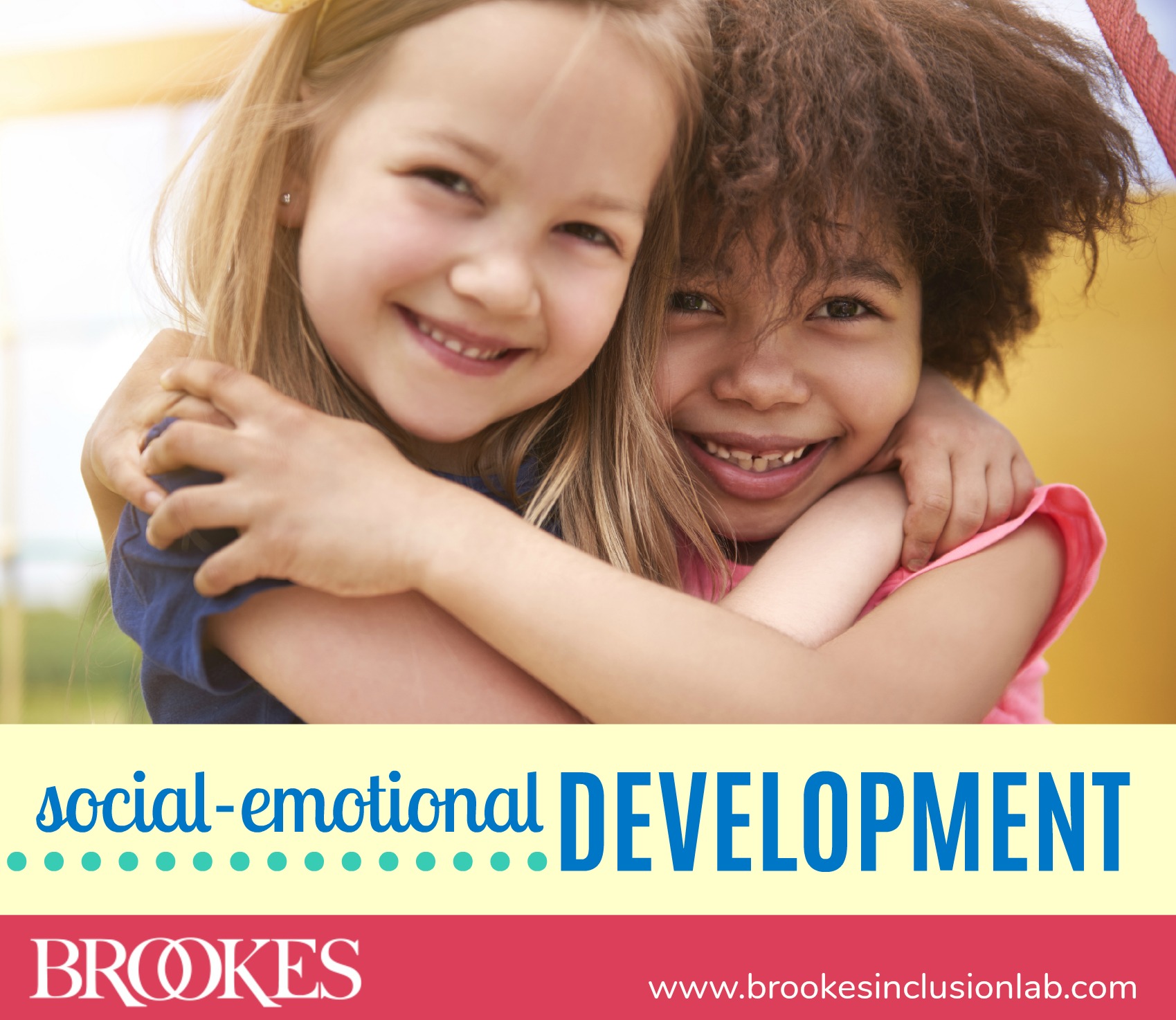
Social-emotional development is one of the most important building blocks of a young child’s health and well-being: it forms a strong foundation for learning and helps children make friends, manage challenges, and resolve interpersonal problems. Your classroom routines—from greetings to art activities to storytime—are packed with opportunities to strengthen the social-emotional development of every young child you teach.
Excerpted and adapted from Early Social-Emotional Development by Nicole M. Edwards, today’s post highlights four strategies that are highly effective and should be used consistently in early ed classrooms. These strategies will help you promote social-emotional development for all young children, whether they are typically developing, have identified delays or disabilities, or struggle with difficult emotions or challenging behaviors.
Communicate expectations before transitioning to a new activity
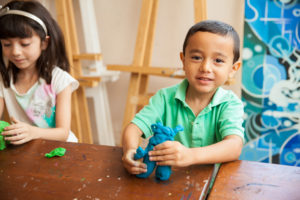 During a busy school day, it’s tempting just to move on to the next step in your daily routine without clearly communicating expectations. But it’s not enough to just “hope for the best,” or assume that kids should know what to do by a certain age or time of the school year. To set young children up for success, aim to provide them with realistic, developmentally appropriate expectations for behavior and emotional expression before each activity or step in your routine. Once children have heard these expectations several times, you might try repeating part of the expectation and then pausing to see if the children are able to fill the rest of it in.
During a busy school day, it’s tempting just to move on to the next step in your daily routine without clearly communicating expectations. But it’s not enough to just “hope for the best,” or assume that kids should know what to do by a certain age or time of the school year. To set young children up for success, aim to provide them with realistic, developmentally appropriate expectations for behavior and emotional expression before each activity or step in your routine. Once children have heard these expectations several times, you might try repeating part of the expectation and then pausing to see if the children are able to fill the rest of it in.
Examples:
- Miss Tanya, a prekindergarten teacher, greets the children by the door of the school in the morning and waits until all buses have arrived. She presses her finger to her lips and gives reinforcing thumbs up as the kids quietly walk against the side wall toward the classroom. Before she opens the door, Miss Tanya asks one child to share what the class is expected to do every morning when they walk inside. The child says, “Put your bag in your cubby, pick a book from the shelf, and do a picture walk on a carpet square.” The children are reminded of what is expected, and they calmly begin their day.
- Alex is preparing her preschool class for naptime. One expectation is that children do not talk during this time, and that they lie down to sleep or rest. She verbally conveys these expectations like this: “Before we have naptime, what do we need to remember? Keep quiet as a mouse so we don’t wake anybody up. Lie down and either go to sleep or just rest.” Sometimes she says, “Remember, during naptime, we keep . . .” and then waits for her students to chime in with: “Quiet as a mouse!”
Redirect children to what they should do
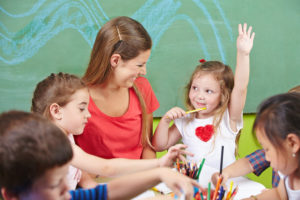 A constant stream of negative statements like “Stop running!” and “No more screaming!” aren’t very effective in early childhood classrooms. They contribute to a harsher, more punitive learning environment, and they don’t teach children what they should be doing instead or how to express their emotions more appropriately. Because all behavior has a purpose, it’s essential to validate what the child is trying to communicate—and then teach replacement behaviors.
A constant stream of negative statements like “Stop running!” and “No more screaming!” aren’t very effective in early childhood classrooms. They contribute to a harsher, more punitive learning environment, and they don’t teach children what they should be doing instead or how to express their emotions more appropriately. Because all behavior has a purpose, it’s essential to validate what the child is trying to communicate—and then teach replacement behaviors.
It’s important to keep in mind that challenging emotions and behavior can’t just be “stopped.” They can only be redirected or replaced with a functionally equivalent alternative. Redirect children to replacement behaviors that:
- are developmentally appropriate in terms of the child’s abilities and needs
- are socially acceptable in that particular setting (such as raising a hand to ask a question instead of calling out)
- serve the same function as the concerning emotion/behavior being displayed
Examples:
- Lily hits another child, Alice, who has a toy that Lily wants. Mr. Jack, their teacher, says, “We do not hit. Hitting hurts. Let’s pat Lily nicely on her arm and ask if she’s okay. Did you want the toy she was holding? Hold out your hand and say, ‘Can I see?’” (This technique can build the skill set for a child with emerging expressive language. As an alternative, you could also guide the child to point to a picture card or use a gesture or sign.)
- Two co-teachers in a center-based setting hear a loud noise in another part of the room. Andy is sitting on the floor screaming! The change is so sudden that neither teacher knows what caused it. One teacher walks over to Andy and asks if he’s hurt, and Andy shakes his head no but keeps screaming loudly. The teacher says, “Screaming on the floor is not okay— let’s calm our bodies. Let’s take a walk to the office to get some paper.” Later, when Andy is calmer, the teacher says, “Great job calming down. Are you ready to talk about what happened?” (This technique is a great way to help with self- regulation.)
Embed meaningful opportunities for choice making
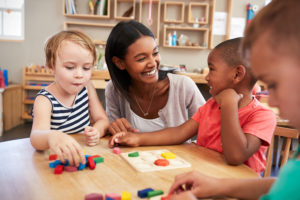 Giving children chances to increase their independence and make choices is highly recommended in early education classrooms. The key is to meaningfully and creatively embed choice making within parts of the already-established school routine. As a teacher, you wouldn’t ask children, “Do you want to eat snack now or go play on the playground?” because broad decisions about the structure of the day go beyond what’s developmentally appropriate for a young child. Instead, you can tell the children it’s snack time, and then brainstorm opportunities for them to make choices within that activity (e.g., choosing which chair to sit on, which cup to use, or whether to have five or six animal crackers). Embedding these opportunities for choice-making throughout the day has many benefits—it increases children’s communication skills, supports self-determination, and can reduce defiant behavior.
Giving children chances to increase their independence and make choices is highly recommended in early education classrooms. The key is to meaningfully and creatively embed choice making within parts of the already-established school routine. As a teacher, you wouldn’t ask children, “Do you want to eat snack now or go play on the playground?” because broad decisions about the structure of the day go beyond what’s developmentally appropriate for a young child. Instead, you can tell the children it’s snack time, and then brainstorm opportunities for them to make choices within that activity (e.g., choosing which chair to sit on, which cup to use, or whether to have five or six animal crackers). Embedding these opportunities for choice-making throughout the day has many benefits—it increases children’s communication skills, supports self-determination, and can reduce defiant behavior.
Examples:
- When giving her class the direction, “It’s time to sit,” Miss Yvonne uses fun embedded choices to keep the process orderly. She says to the children, “If you are wearing a bow in your hair, please walk over here to choose a carpet square . . . Now, if you are wearing green socks, please choose a carpet square . . .”
- During art and play activities, Mr. Mark gives his students choices about the materials they use. He asks, “Which crayon do you want to start with?” or “We’re going to explore with playdough. Which color do you want to use first, red or yellow?”
Model and encourage emotion talk
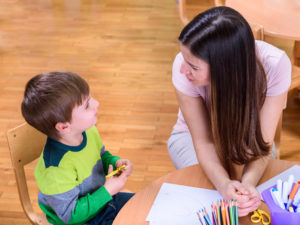 Explicit modeling and encouragement of discussing emotions can help decrease children’s challenging behaviors. Give kids repeated opportunities to share and discuss their emotions (for instance, ask questions like “Are you feeling sad that Brianna took your toy?”), and be sure to verbally label and validate their emotions, talk about other students’ emotional cues, respond supportively, and offer guidance on how to express emotions appropriately. If children have a limited vocabulary or do not speak, you can teach them how to communicate nonverbally about emotions—for example, you might post an emotion chart in your classroom that they can point to.
Explicit modeling and encouragement of discussing emotions can help decrease children’s challenging behaviors. Give kids repeated opportunities to share and discuss their emotions (for instance, ask questions like “Are you feeling sad that Brianna took your toy?”), and be sure to verbally label and validate their emotions, talk about other students’ emotional cues, respond supportively, and offer guidance on how to express emotions appropriately. If children have a limited vocabulary or do not speak, you can teach them how to communicate nonverbally about emotions—for example, you might post an emotion chart in your classroom that they can point to.
Examples:
- Miss Maria likes to share picture books focused on emotions with her class. She discusses the feelings depicted in the book and connects them to real-life experiences. She starts discussions by saying, “Let’s look at the pictures together. How do you think [the character] feels in this picture? …Happy? Yes. Remember how happy you were when we went on the field trip?” When a character is experiencing a negative emotion, Miss Maria says, “How does [this character] feel? Oh, she looks frustrated. Have you ever felt that way? I felt frustrated the other day when the applesauce jar lid was stuck. Do you remember that?”
Mr. Jacob notices that Dalton seems upset shortly after his dad drops him off at school. He says to Dalton, “Are you feeling sad that your dad just left?” When Dalton nods, Mr. Jacob says, “I understand. Would you like to draw a picture for him so we can surprise him at pickup? Or maybe you want to help me get ready for Morning Meeting?” Mr. Jacob’s approach both validates and labels what Dalton is feeling, and gently offers options that might help him make a smoother transition to the school day.
What are your own favorite strategies for supporting the social-emotional growth of all young learners in your classroom? Weigh in by adding a comment below—and for more guidance on social-emotional development…
EXPLORE THE BOOK
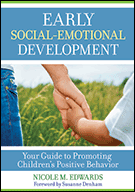 Early Social-Emotional Development
Early Social-Emotional Development
Your Guide to Promoting Children’s Positive Behavior
By Nicole M. Edwards, Ph.D.
An essential resource for all professionals working with children from birth–5, this book gives you a comprehensive, reader-friendly overview of early growth and learning across developmental domains, with special emphasis on the components of emotional development and the environmental factors that influence it. Concrete examples of specific, research‑based strategies help you put the principles into action and improve child outcomes in both center‑ and home‑based settings.
LEARN MORE NOW

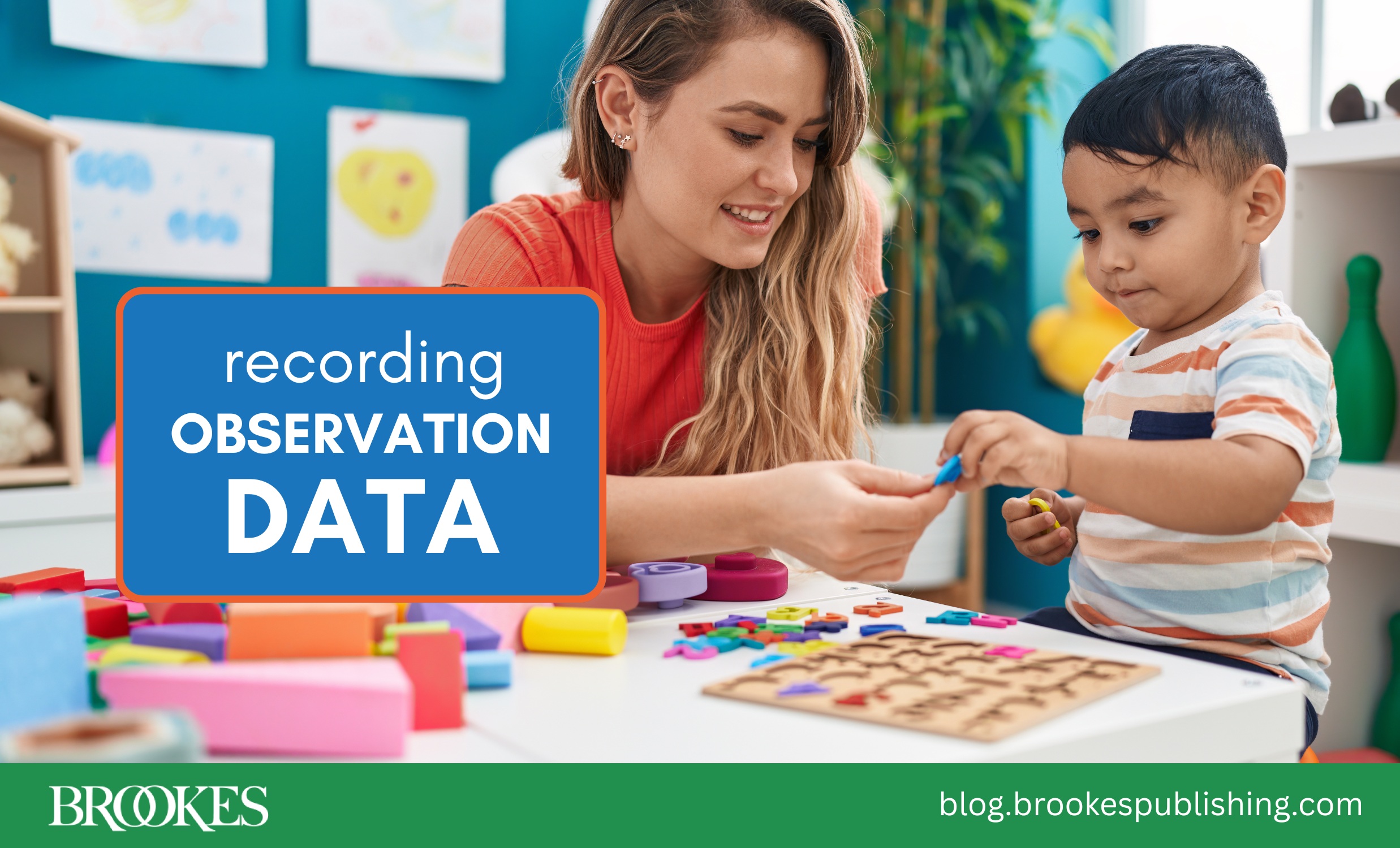
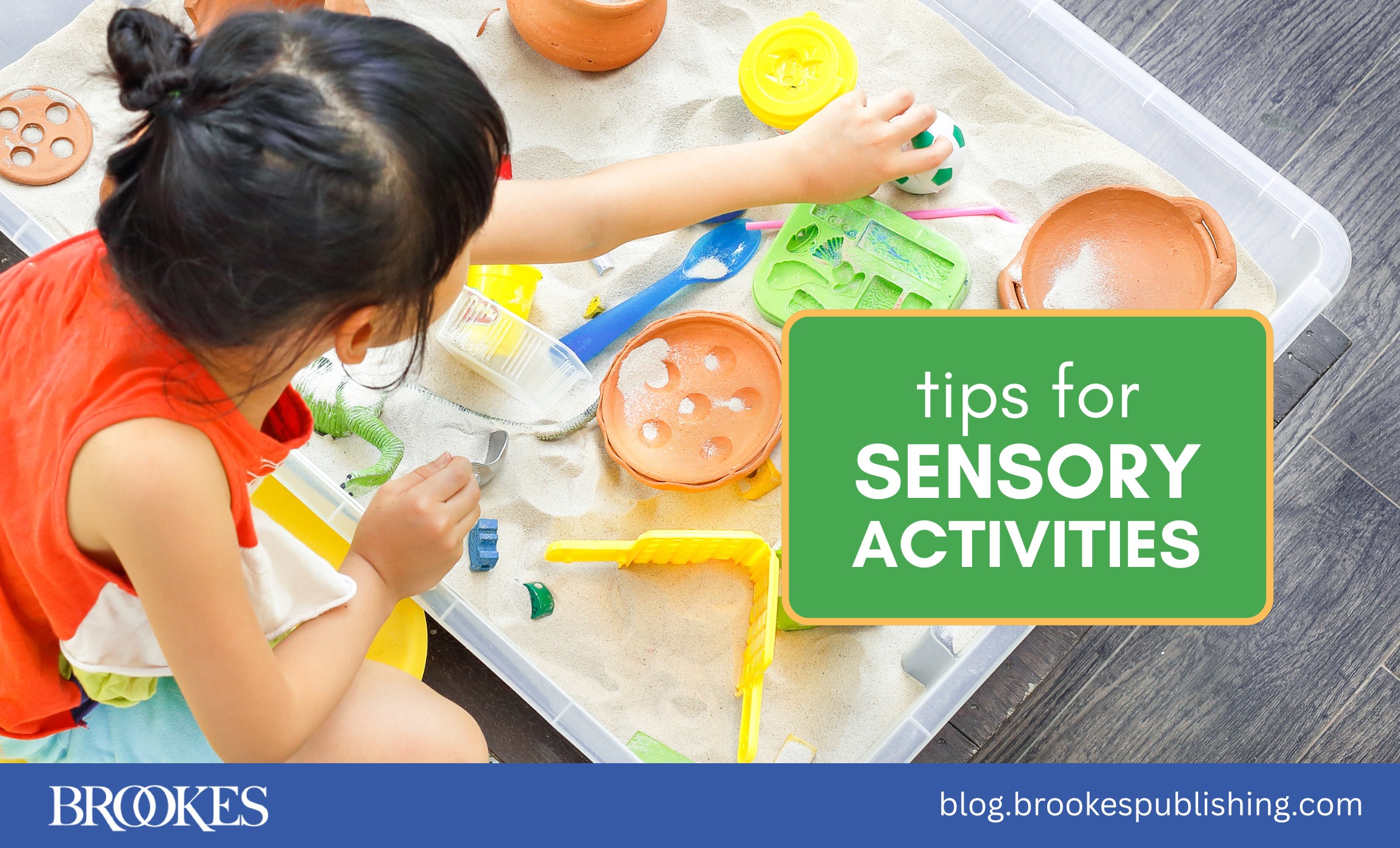
Write a Comment
Your email address will not be published. Required fields are marked *
comments
Myranda Celeste Carbone says
I really enjoyed that the post includes listening and modeling language as a way to support the social emotional development. Many times I see adults, including myself, assuming they know every aspect of a conflict or situation that a child might be trying to express to you which can impact how receptive the child is to whatever you're trying to model. It's easy to do, especially if you're in a rush or have a lot going on. I know I definitely try to make an effort to change this mentality and would love advice on how to encourage changing my frame of mind to support this more! I'll be documenting my progress on my blog, here! http://mccarbon.weebly.com/blog
Post a Comment